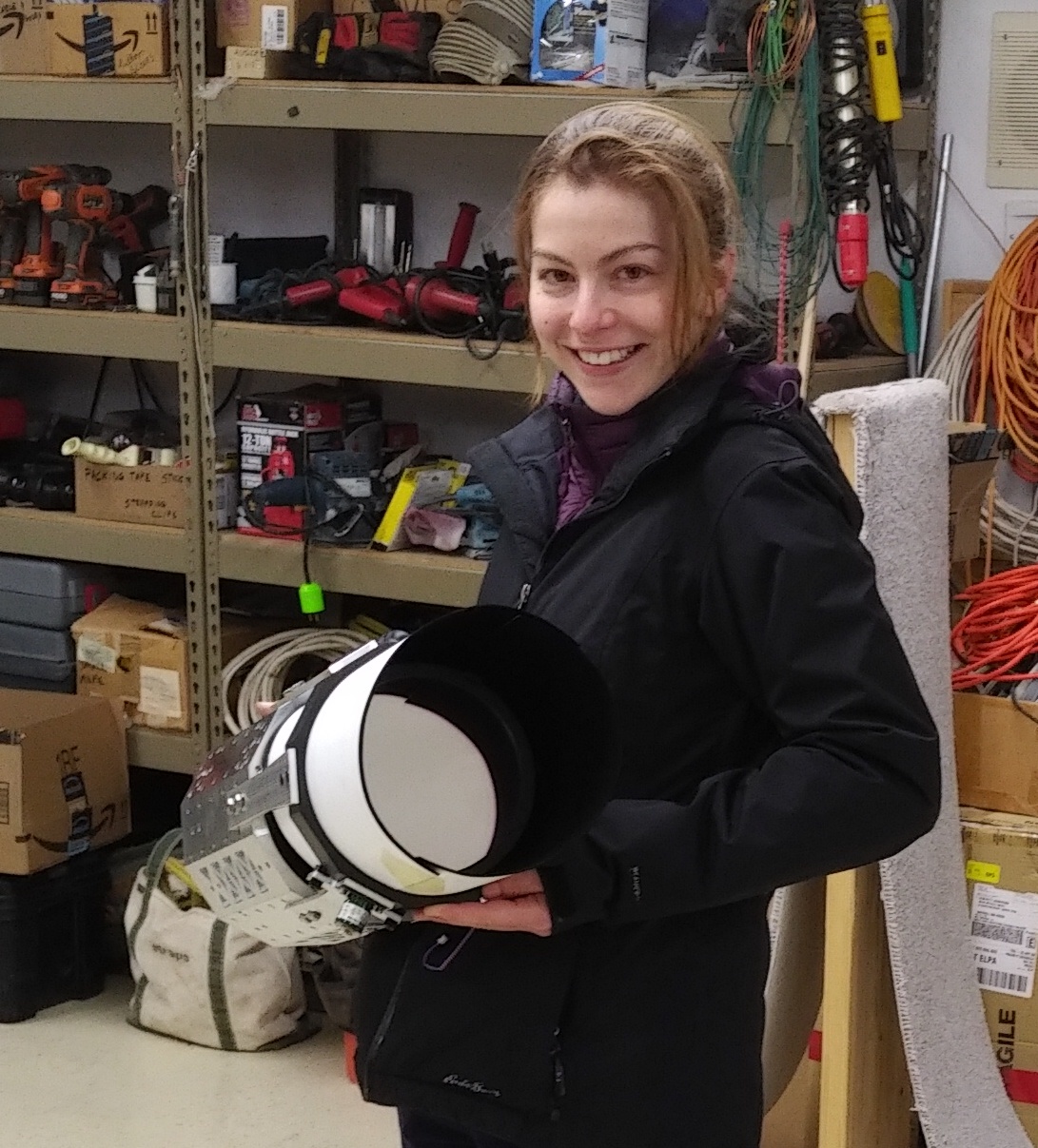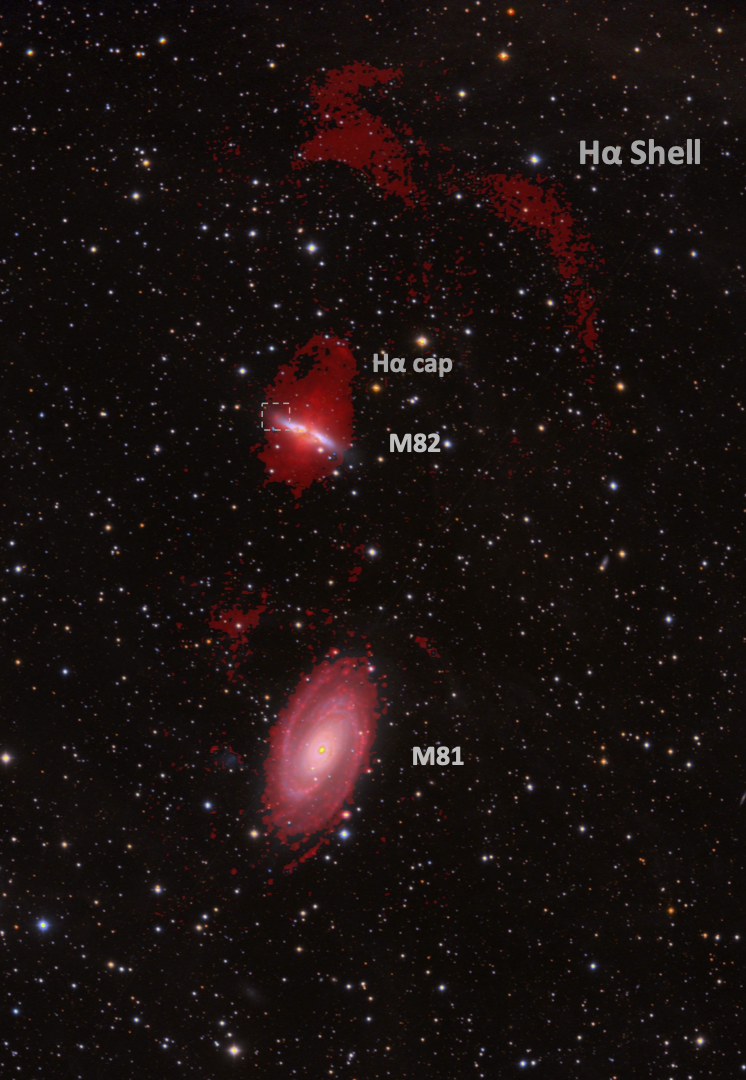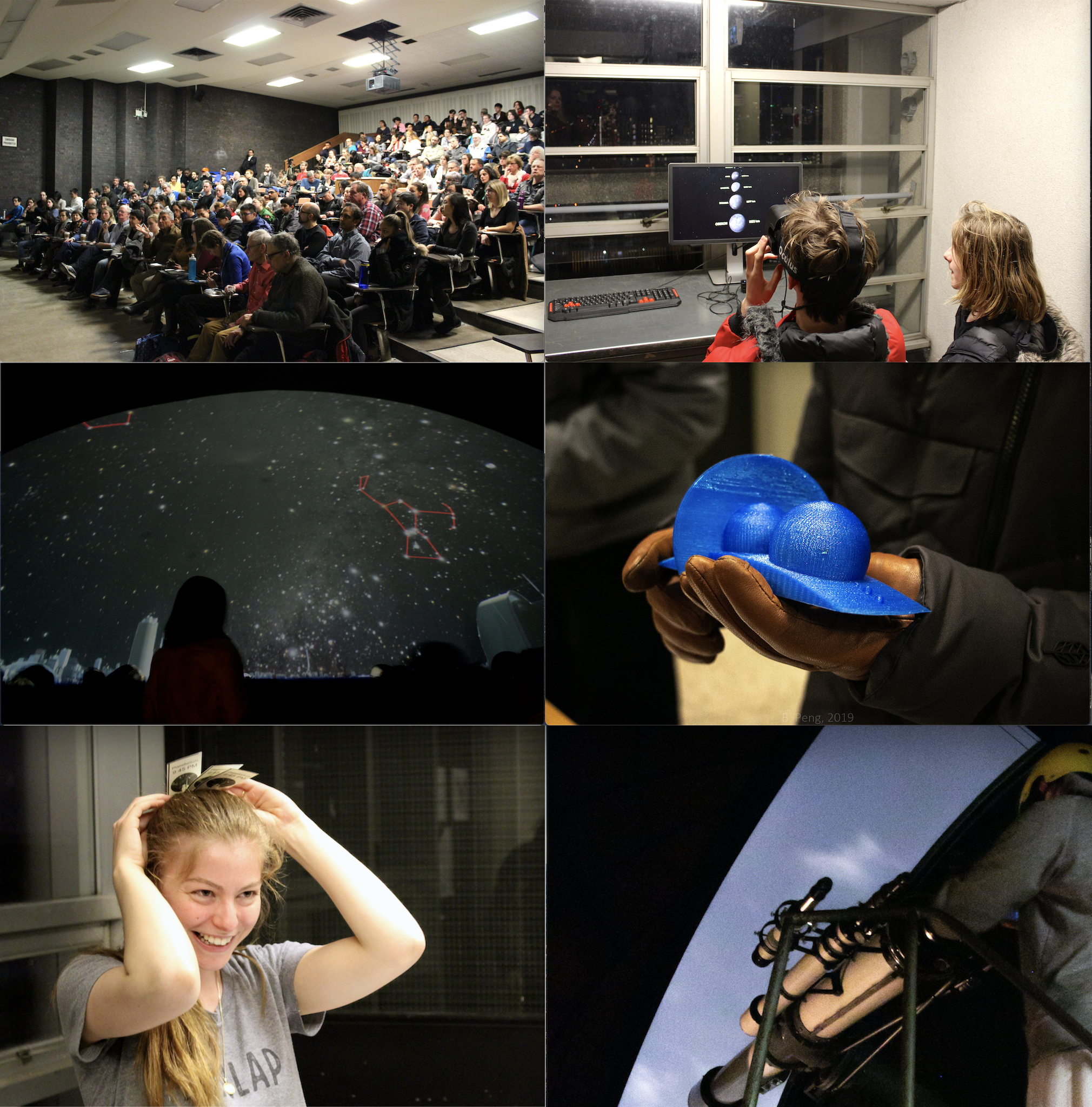
In the reigning cosmological theoretical model (lambda-CDM),
the cosmic web is the largest structure in the Universe: a foam-like
structure of dark matter that dictates where structures made out of
"normal" matter, such as planets and stars, will form.
Galaxies form in the nodes of the cosmic web, but the majority of gas
(the building block for galaxies) remains in the filaments of the cosmic web
(the intergalactic medium). Gas is believed to transition from the filaments
to the circumgalactic medium of galaxies, then from there into the galaxies
themselves. How these steps happen, though, remains largely a mystery.





